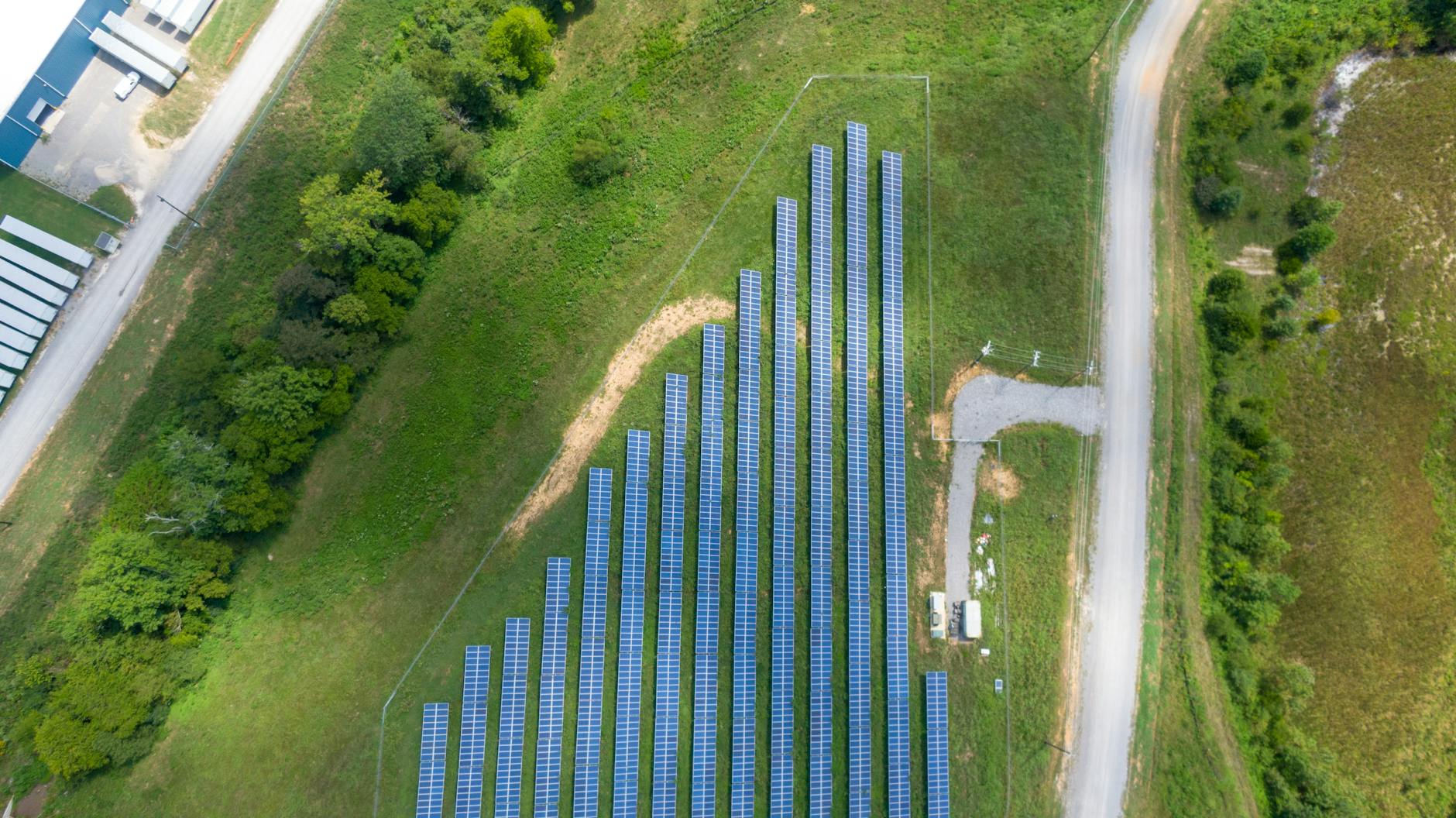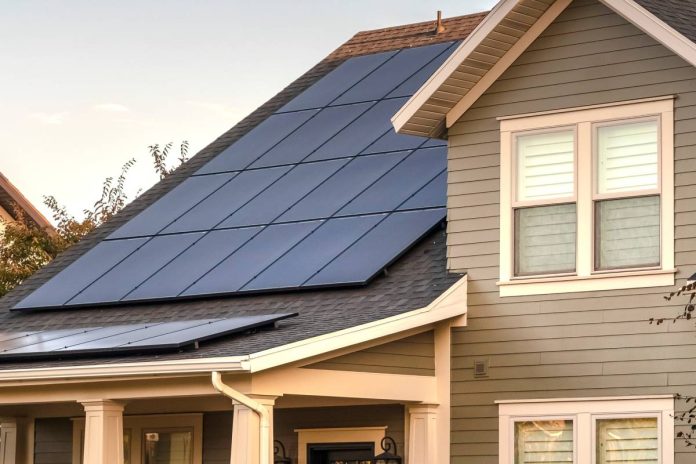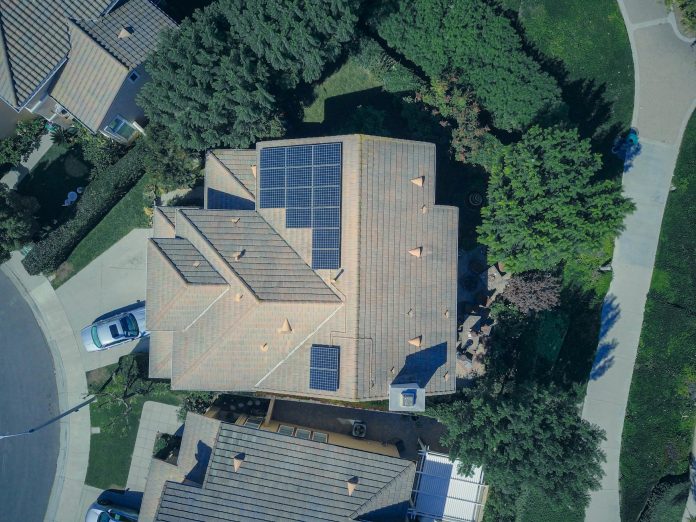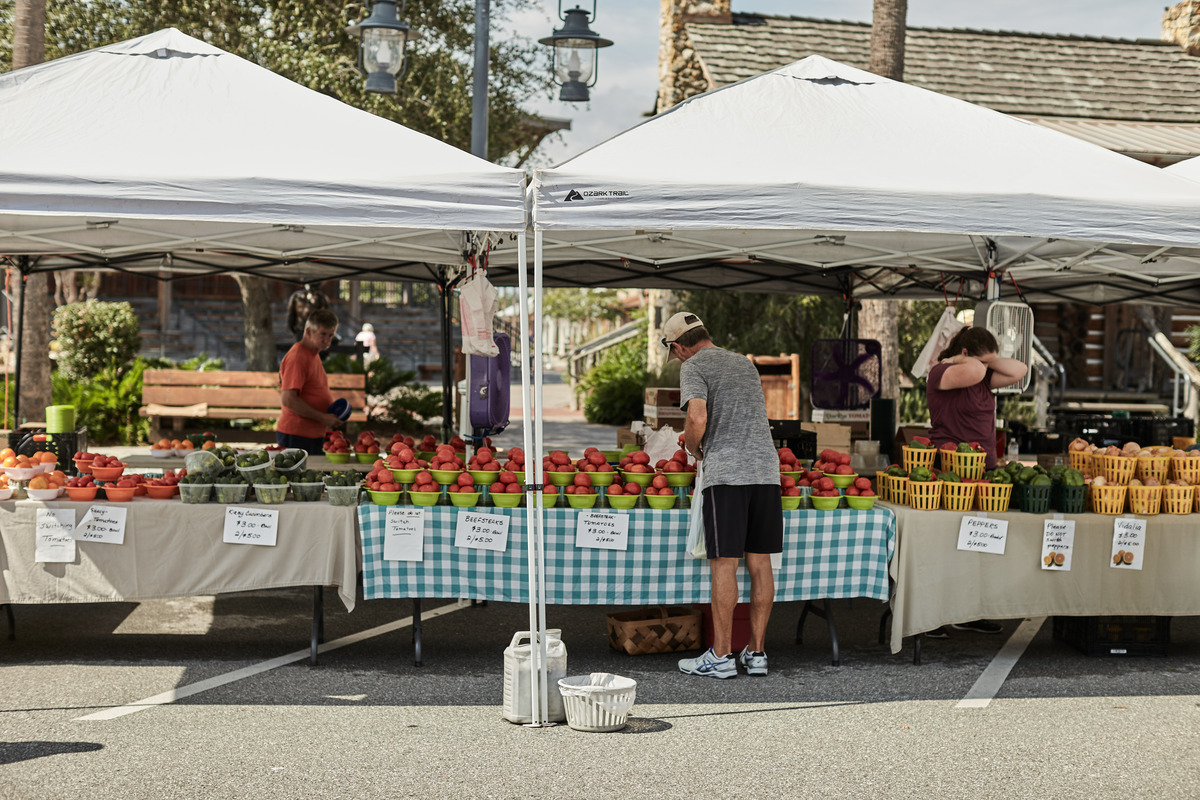2024 was a powerful year for solar. It brought the rise of battery energy storage systems and a deeper appreciation of how government policies influence renewable adoption. If you’re invested in solar’s journey, discover the trends to watch in 2025.
Smart Inverters
Solar tech makes direct current (DC) electricity, but power grids typically use alternating current (AC) instead. Inverters allow panels to convert energy, making them the backbone of widespread adoption. Because their role is so important, any advancements in these mechanisms are welcome. The coming year will make smart inverters commonplace, as they’ll be the most capable and effective they’ve ever been.
Smart inverters solve many problems associated with current models you’ve seen on shelves or your roof. Many are unable to handle voltage shifts, leading to blackouts or overheating. The difficulties led experts to experiment with artificial intelligence (AI) and how it could mend its shortcomings.
Most inverters follow grid patterns and react, distributing load as necessary. Smart versions would make them form grid habits instead. This means many connected inverters could communicate with each other instead of operating individually. Aligning and automating inverter functions will be a growing trend in 2025, especially because embedded AI can collect performance data constantly.
Floating Solar Farms
Solar farms are essential for mass power generation, but they are often met with land-use debates. Policymakers and citizens alike don’t love how many acres these arrays consume, potentially taking land away from urban development or agriculture. The untapped potential lies on water surfaces. Some floating solar operations exist, but 2025 may make them more prevalent — like offshore wind.
Water is the ideal place for panels for several reasons. Its coolness regulates temperatures, improving efficiency. Less exposure to intense heat will preserve parts better, but only if they’re made of water-resistant materials.
Extending the life span of solar is a significant win. Offshore panels could spark controversy because of labor-intensive installation and expensive or time-consuming maintenance. However, if the parts are resilient and high-performance, you’ll discover it’s easier to convince people to support the idea.
Floating panels also work well with other advanced solar cell designs. Bifacial designs, which can generate power from both sides instead of just the top, could be the unsung heroes of offshore solar. The underside of the panels could harness light reflected from the water, improving overall efficiency. Tests in southern Asia suggest efficiency gains of 4.34%-4.86% and temperature reductions of 1.43-2.72 degrees Celsius compared to conventional surfaces.
Balanced Growth of Rural Solar
Microgrids have been appearing more in 2024. They tend to be in suburban communities. However, rural regions are prime opportunities to produce electricity since they can be separated from utility companies for complete energy independence. It gives these communities more agency over their power, but balancing rural solar growth and energy autonomy has been a struggle.
The U.S. Department of Energy anticipates 90% of solar’s expansion will occur in rural areas. These would be utility-scale projects. Many of these communities need farmland to make a living, so using their properties for solar is questionable. The coming year could hopefully smooth out tensions about expanding development against rural land values.
Agrivoltaics, the farming practice of integrating solar panels to boost agricultural yields, may provide a happy medium. The workforce could use the shade panels provide to protect crops, encouraging healthier growth cycles and inviting more pollinators. People would lose fewer plants to overexposure to sunlight and increase profits by improving their products. Additionally, the healthier plants would strengthen the soil, minimizing erosion and runoff concerns industrial solar farms cause for farmers.
If you’re a farmer, these installations could also give you another revenue stream by selling extra power back to the grid. The intentional combination of farmland with a solar farm would calm land demand and soften fears related to potentially rising rental prices.
Solar-Integrated Electric Vehicles (EVs)
Renewable public and personal transportation options are hitting the roads, including innovations in solar chargers. EVs are under constant scrutiny, including their lithium-ion batteries’ environmental impact and the possibility many EV chargers still use fossil fuels.
However, the times are changing. Solar-integrated EVs and stations are underway. Off-road solar-powered cars hit Moroccan deserts for the first time in late 2024, and a defunct solar-EV program from Sion is pivoting back into relevance. The project would install solar modules on car bodies. While testing is still in the early stages, experts hope it will have the potential to generate 11,000 miles of solar energy per year if you live in sunny regions like San Diego.
Experts have researched chargers’ potential to reduce emissions and reinforce the grid. In Pakistan, adopting electric transportation has been a slow process. It doesn’t have the energy required to charge the medley of electric vehicles, including e-bikes. Incorporating solar reveals the path forward, reducing costs from 20 cents per kilowatt hour to 16 cents and only demanding 13% of its generated power for charging needs. The remaining 87% of electricity goes directly back into the grid, opening a prominent moneymaking opportunity.
Shining a Light on 2025
Worldwide, coal plants are shutting down, more rooftops include panels and prices continue to fall. Next year, solar energy will be in its most technologically advanced form and accessible to wider audiences. Your efforts must go into spreading awareness of these movements in the industry so solar’s reputation improves. These trends show strides in industrial and residential solar as it becomes the prominent renewable generator it’s meant to be.










